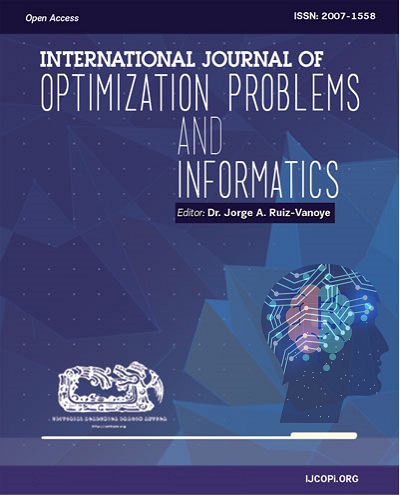Using the Zipf Distribution to Mitigate the Matthew Effect and Improve Fairness in Bias-SVD Algorithm Recommendations
DOI:
https://doi.org/10.61467/2007.1558.2025.v16i4.937Keywords:
Recommender Systems, Matthew Effect, FairnessAbstract
Recommendation Systems (RS) are useful tools to help users find items of interest within an universe of options in this era of Big Data 3.0. Models such as Bias-SVD, SVD++, and their variants became classic and widely used in the heart of RS in e-commerce. However, these models do not consider popularity biases due to the Matthew effect present in the data structure, which leads to unfair recommendations. To address this problem, some researchers have proposed strategies that compensate for long-tail elements to try to increase the probability of their being recommended, other approaches use techniques such as the Zipf distribution to generate the predictions without prior knowledge of the data. However, these proposals have not been widely accepted because they do not consider user-item interactions in the training process. This paper presents a strategy that makes use of the Zipf distribution in the Bias-SVD model to incorporate popularity biases and improve the fairness of recommendations. Three variants of said model were implemented to show the validity of the strategy. The loss function uses Mean Square Error (MSE) and the error minimization is done using the ADAM algorithm. For the Experimental work, two MovieLens data sets with different distributions were used. The results show that it is possible to improve the fairness of recommendations by reducing the Matthew effect in the Bias-SVD model.
Smart citations: https://scite.ai/reports/10.61467/2007.1558.2025.v16i4.937
Downloads
Published
How to Cite
Issue
Section
License
Copyright (c) 2025 International Journal of Combinatorial Optimization Problems and Informatics

This work is licensed under a Creative Commons Attribution-NonCommercial-NoDerivatives 4.0 International License.





